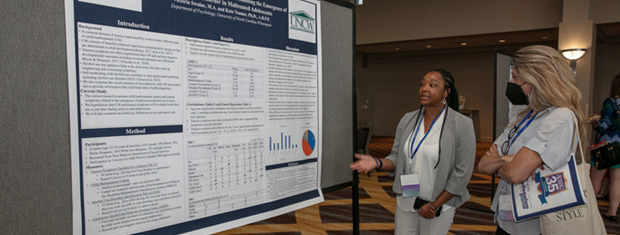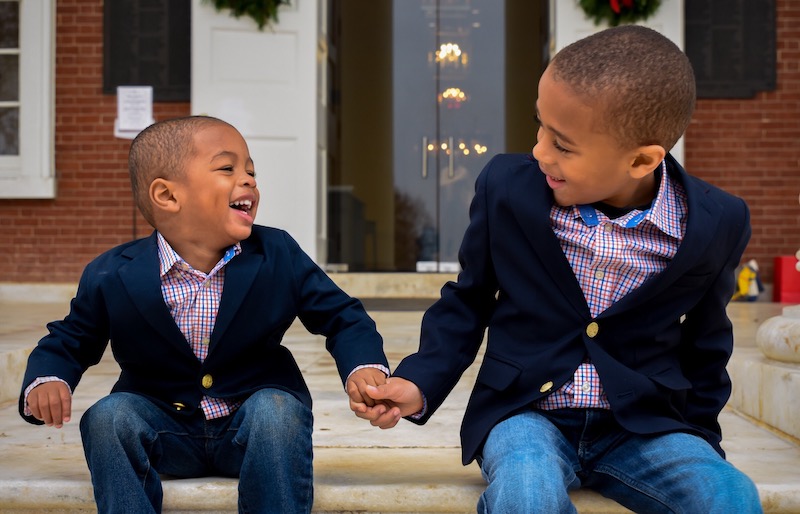




The APSAC Advisor is a peer reviewed quarterly news journal for professionals in the field of child abuse and neglect.
The APSAC Advisor provides succinct, data-based, practice-oriented articles that keep interdisciplinary professionals
informed of the latest developments in policy and practice the field of child maltreatment. It is designed to highlight
best practices in the field and publish original articles and current information about child maltreatment for professionals
from a variety of backgrounds including medicine, law, law enforcement, social work, child protective services, psychology,
public health and prevention in the U.S.
 If you wish to learn more about submitting an article to the Advisor, please click here.
If you wish to learn more about submitting an article to the Advisor, please click here.
This library contains Advisor issues dating back to the first issue in 1988. The most recent issue appears at the top.
Scroll down to select past issues by year and issue number. Once a publication appears in the box, you
can use the Enlarge button to open the document in a new window or tab (depending on how your browser is set up).
This will allow you to view the document with larger print.
To print a document, first use the Enlarge button to open the document in a new window or tab. Then use your browser's Print command.
To return here from a new tab, close the tab. To return from a new window, click your browser's Back button.
In the listing below, click on a year and issue number to see the articles in that publication.
2015 Number 1
This article reports the results of a rigorous evaluation of Safe Touches, a CSA prevention program offered by NYSPCC in ethnic minority public schools. Thea article briefly reviews statistics on CSA and the state of current research on CSA prevention before describing the workshop curriculum, the research project, challenges when implementing a CSA program int he public school ssytem, and implications for social work practice.
APSAC Influences U.S. Supreme Court in Child Abuse Case
The Supreme Court has relied on an amicus brief submitted by APSAC in a case that will have far-reaching effects on the ability of prosecutions to move forward despite child witnesses’ inability or unwillingness to testify. In Ohio v. Clark, 135 S.Ct. 2173 (2015), the Court addressed whether the Confrontation Clause prevented the state from prosecuting a child abuse case by introducing hearsay from a 3-year-old victim who was found incompetent to testify at trial. The Supreme Court interpreted this clause to prevent prosecutors from admitting “testimonial” hearsay from anyone who the defendant is unable to cross-examine in Crawford v. Washington, 541 U.S. 36 (2004). Further, based on examining statements made to the police, the Court has held that statements are testimonial if their “primary purpose” was “to establish or prove past events potentially relevant to later criminal prosecution,” as declared in Davis v. Washington, 547 U. S. 813, 822 (2006).
A Model for Developing the Next Generation of Future Child Advocates
The Future Child Advocates (FCA) initiative was launched in 2012 as a vehicle to bring the issues and concerns of bullying and child abuse prevention and intervention to the next generation of citizens and diverse professionals in each community. The idea was to establish model undergraduate and graduate clubs focused on advocacy in the areas of bullying and child abuse. Student organizations and clubs can play a strategic role in intellectual and civic responsibility, thereby bridging academic discourse in the classroom and the need to support a human community striving for equity and justice.
For Purposes of Medical Evaluation and Treatment
According to NCA accreditation standards, “A medical evaluation holds an important place in the multidisciplinary assessment of child abuse. An accurate history is essential in making the medical diagnosis and determining appropriate treatment of child abuse” (NCA, 2011, p. 18). The American Board of Medical Specialties approved the sub-specialty of child abuse pediatrics in 2006, recognizing that expert knowledge and skills are required to provide optimal care for maltreated children. Child abuse pediatricians are integral members of CACs and hospital based child protection teams. They not only provide medical consultation but also offer training and oversight to other medical providers.
APSAC Advisor 27(1): Full Issue